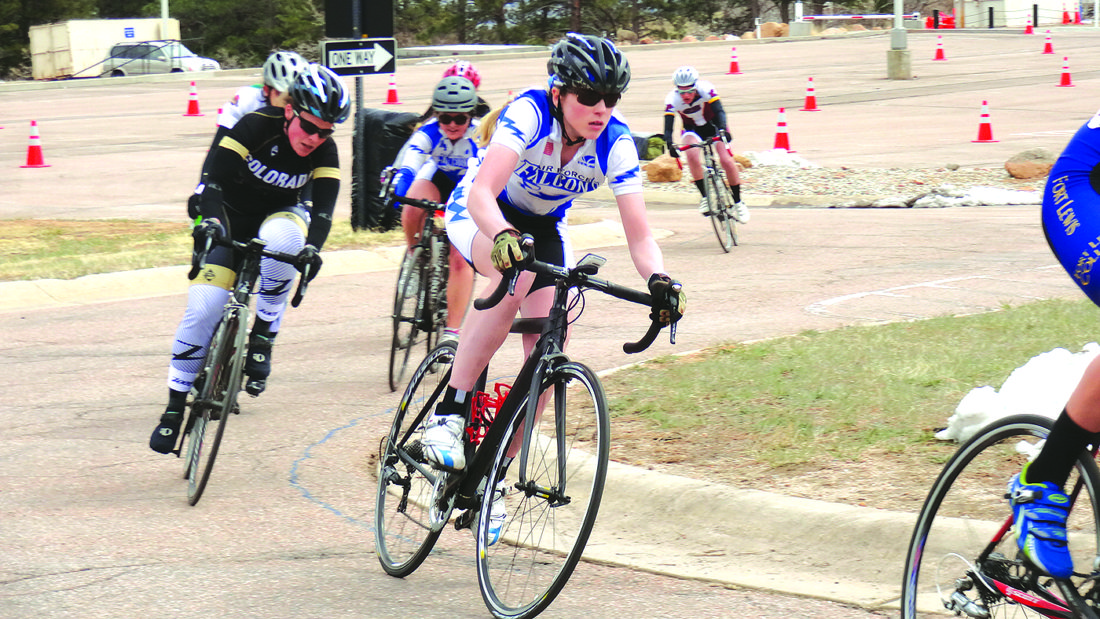3 Things for Cycling Enthusiasts to Keep in Mind
 Aside from providing a great path to healthy living, cycling is an activity that provides a host of benefits. For one, it’s incredibly fun, especially when travelling downhill with the wind on your back. It’s also a great way to get some fresh air, and maybe even meet new people if one is enrolled in a cycling group.
Aside from providing a great path to healthy living, cycling is an activity that provides a host of benefits. For one, it’s incredibly fun, especially when travelling downhill with the wind on your back. It’s also a great way to get some fresh air, and maybe even meet new people if one is enrolled in a cycling group.
However, there are many considerations cyclists should keep in mind in order to spin safely and optimally.
Safety First
As with anything physical or remotely dangerous, safety is always the first thing that cyclists should take into account.
Naturally, the number one safety tool every cyclist should have in their kit is a helmet. In the case of a high impact accident, a cyclist’s body is incredibly vulnerable, especially when it comes to their head.
The effectiveness of cycle helmets in this case simply cannot be overstated. And at the end of the day, wearing a helmet won’t affect how much fun you have on your HED wheels.
Proper Elbow Form
The seated cycling position is nowhere near your natural form, so long periods of time spent on a bike are likely to cause you discomfort if you don’t use the proper technique.
For instance, something as simple as improper elbow placement can lock the arms, causing the vibration from the bicycle to ride onto the neck and shoulders. This can lead to significant pain in those areas.
To rectify this, make a habit of bending the elbows when cycling. It will be hard to get used to, but ultimately worth it. Not only does bending the elbows reduce neck and shoulder pain, it also adds an extra aerodynamic degree to the cyclist, which results in more control.
Re-Fueling
If you’re an amateur cyclist, it’s likely that you’ll need a good amount of practice before being able to ride for over an hour, and still more practice if you’re planning on riding for two hours or more.
As a general rule, cyclists don’t have to eat anything if their rides are under two hours. Anything approaching or exceeding that, and the rider could definitely use an energy bar, piece of fruit, or whatever gives them a boost during their workouts.
However, no matter how long you’re cycling for, it’s essential to drink water afterwards to rehydrate your body.
Final thoughts
As you’ll learn as your cycling journey spins forward, there are several things you can do to help your progression along.
For instance, some riders prefer keeping their helmet an inch above their eyebrows to improve visibility, and others have learned to look up to the horizon to regain some equilibrium when feeling unbalanced on the bike.
Ultimately, though, each rider has their own set of needs and preferences. Mark yours down as you continue to spin, and watch your cycling skills bloom.









